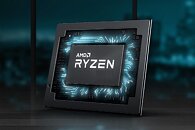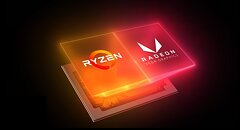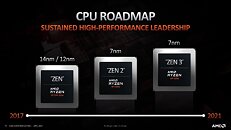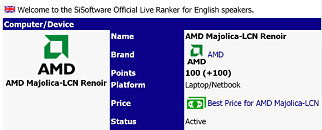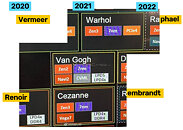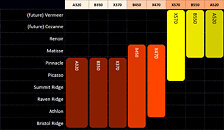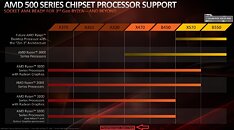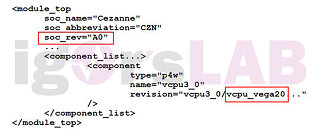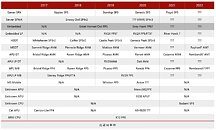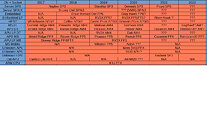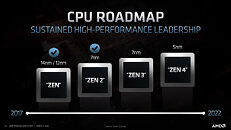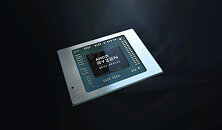
AMD Launches Ryzen 5000G "Cezanne" APU Lineup for OEMs
AMD has today decided to launch the next generation of Accelerated Processing Units (APUs), now in form of the 5000G lineup codenamed Cezanne. The APUs are getting launched as OEM-exclusive products for now, which means that only manufacturers like Dell, HP, Lenovo, etc. can have access to them. AMD is set to announce these processors for wider masses, such as consumer DIYers, later this year. So you must be wondering what is new about the 5000G APUs. For starters, the new APUs feature AMD's improved Zen 3 core with a notable IPC boost over Zen 2 found in last generation 4000G APUs. When it comes to graphics, the new APUs feature anywhere from 6-8 GPU cores, based on the Vega architecture.
When it comes to the available models, AMD lists six SKUs, all differentiating in CPU/GPU core count, TDP, and frequency. There are three regular SKUs, with their power-efficient variants. The regular SKUs are AMD Ryzen 7 5700G, Ryzen 5 5600G, and Ryzen 3 5300G. They are normal SKUs that have a TDP of 65 Watts, meaning a higher base frequency needing a more adequate cooling solution. However, as there are regular SKUs, there are also power-efficient, TDP-constrained models present. Called the AMD Ryzen 7 5700GE, Ryzen 5 5600GE, and Ryzen 3 5300GE, these models bring the TDP down to 35 Watts and reduce base frequency by a couple of hundreds of MHz.
When it comes to the available models, AMD lists six SKUs, all differentiating in CPU/GPU core count, TDP, and frequency. There are three regular SKUs, with their power-efficient variants. The regular SKUs are AMD Ryzen 7 5700G, Ryzen 5 5600G, and Ryzen 3 5300G. They are normal SKUs that have a TDP of 65 Watts, meaning a higher base frequency needing a more adequate cooling solution. However, as there are regular SKUs, there are also power-efficient, TDP-constrained models present. Called the AMD Ryzen 7 5700GE, Ryzen 5 5600GE, and Ryzen 3 5300GE, these models bring the TDP down to 35 Watts and reduce base frequency by a couple of hundreds of MHz.















